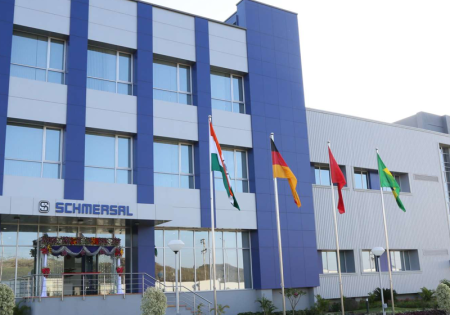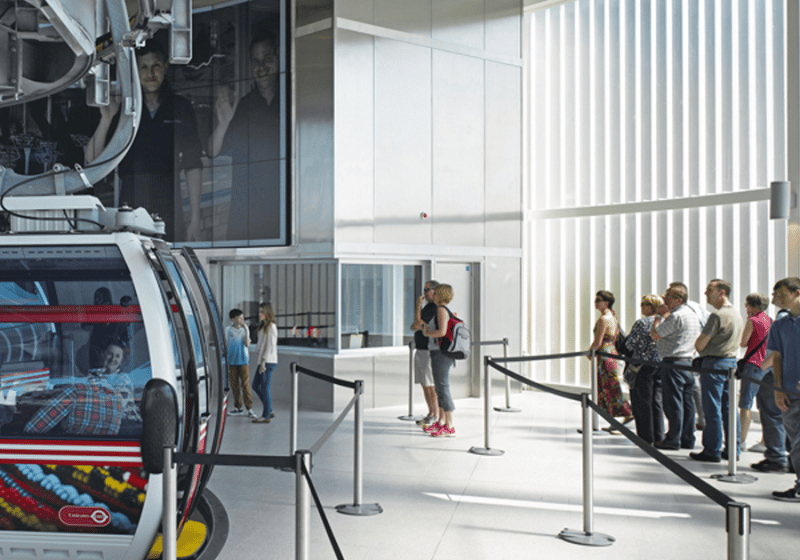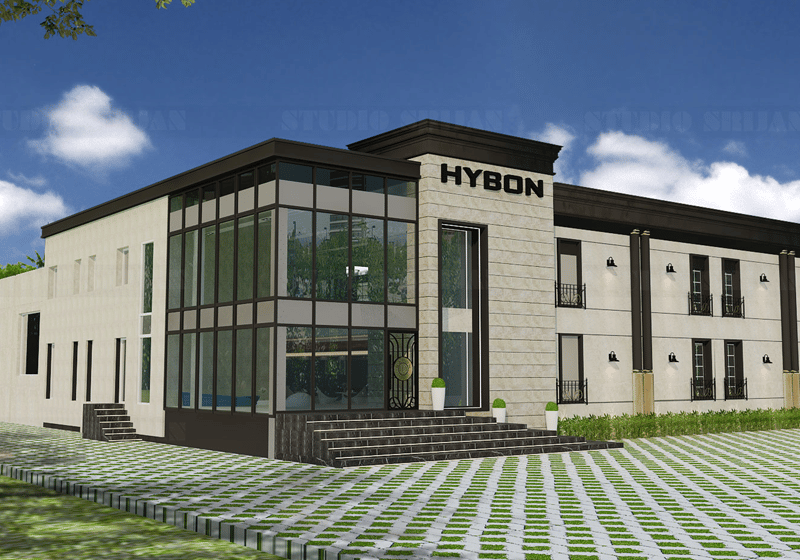Highlighting the need to emphasize elevator safety for both people and products
An elevator is an expensive piece of high-tech machinery combining several complex mechanical, electrical and electronic systems. It also can be acclaimed as the lifeline of any multistory building. A malfunctioning elevator not only causes a great deal of inconvenience to those who depend on it to be comfortably moved up and down, it also financially impacts business. Most importantly, it can pose a grave safety threat to users. Injuries, both minor and severe, that occur often go unreported. Many elevator-related accidents are avoidable with proper planned maintenance, greater public awareness and thorough third-party elevator inspections.
Common Elevator Injuries
Door Strike
Someone being struck by a closing elevator door is very common and generally occurs when entering or leaving the elevator. The elevator doors are required to close at speeds that would make injury unlikely, but this is something many elevator maintenance inspectors miss. If the closing force or speed of the door is too high when it strikes a person, the resulting injury could be severe. Door strikes are a common liability item for building owners and can lead to lawsuits. Scheduling a thorough and conscientious inspection of a building’s elevators is the best way to prevent this sort of accident from occurring. However, these should be inspected as often as the jurisdiction requires. Additionally, their inspection is recommended by the code.
Fall-and-Trip
Another common hazard is tripping related to elevator leveling. With the gap between sills and difference in levels, people can trip and fall while embarking or disembarking. Heels on shoes could also be caught in these gaps. If differences in levels exceed those specified, the code is violated, and facility managers need to arrange to have the elevator adjusted. The National Building Code allows a maximum of +/-5 mm leveling tolerance.
Entrapment (Man Trap)
Elevator entrapment is a serious concern that can cause panic in passengers and, in certain cases, major injuries or fatality if the entrapment has been caused due to a major mechanical failure or safety breach. All buildings are required to have an emergency evacuation procedure so that people can be safely evacuated from a stuck elevator, even if it is between floors. Fatal mistakes can occur when facility managers are not trained (which is required by code) or do not know the proper procedure for evacuating trapped passengers. If an elevator is above a landing, and someone tries to get out, they tend to lose their balance and fall back toward the elevator, slipping underneath and into the hoistway. For the riding public, this is the most common elevator accident resulting in death.
User Comments
The following anxious statements are from users. Such comments appear often.
- “I have experienced a freefall and scary jerks in lifts on a couple of occasions.”
- “There was a sudden jerk as soon as the lift started moving.”
- “I heard a loud bang, and the lift suddenly stopped.”
- “This lift is not responding to calls.”
- “The doors are not opening/closing. I think they are stuck.”
- “It’s very dark and scary inside when the power goes.”
Upon analysis, the causes for the faults are:
- Lift emergency/safety system not working
- The annual maintenance contract is given to the cheapest quoting service provider, which does a very basic job, because the low amount does not cover the replacement of spare parts, etc. Instead of spending more to get the replacement part, the building society urges the repairman to do a temporary fix, and the service-provider company agrees, because it wants to finish the job quickly.
- Rope stretch or uneven rope tension
- Improper/casual servicing
- Untrained mechanics
- Shortcuts being employed to put faulty lifts in use
- Worn-out components not being replaced on time
Usually, despite concerns raised repeatedly, malfunctions or faults never get addressed. These safety issues cannot be overlooked. Maintenance personnel may have been visiting and addressing symptoms but not resolving the underlying issues. In such a case, whatever had been done thus far would not be enough.
Correcting Issues
One way to make the service company responsible would ideally be to include a performance clause in the maintenance contracts for such essential services whereby major and minor faults are defined and condition available, where replacements of worn-out components should be done using new components and not mere repair or reconditioning. If the issues are major, replacement of the entire system should be considered.
Sometimes, continuous repair is done on relatively new equipment. This is not acceptable, and owners and users have a right to demand explanation from the service company, which is obliged to provide them one. Such situations cause loss of confidence in the product, service and the brand. Even if repaired, every time the lift is handed over for use, there is a deep sense of insecurity while using such lifts, which can be considered “faulty.”
Commitment to Elevator Safety
Commitment to elevator safety must be approached from different levels, from organization, to employee and subcontractor, to user.
Organization Level
- Managers and supervisors at all levels are accountable for safety compliance and for setting the right standards.
- Safety performance improvement is driven through product safety, process safety and public awareness and cooperation.
- Every employee and subcontractor must be qualified and trained for the job they are being asked to perform.
- A good safety culture always puts safety above schedule, project cost and customer pressure. It also ensures that mechanics who encounter nonconforming work at a jobsite speak up and report issues to their supervisor.
- User-centric awareness programs specifically designed to address safety and performance will improve visibility and ensure all stakeholders are made aware of the critical aspects of the equipment.
Employee and Subcontractor Level
Elevator and construction workers are at a higher risk of elevator-related injuries than passengers. Almost half of elevator-related deaths at project sites are of people working on or near the elevators. This includes those installing, repairing and maintaining elevators or working in or near shafts. The most common incidents are falls into the shaft, workers caught between moving parts or platforms, and workers struck by falling elevator cars or counterweights. To help prevent elevator-related fatalities and injuries, employers and workers should take these steps:
- Ensure workplace safety practices and training are adequate.
- Deenergize and lock out electrical circuits and mechanical equipment when elevators are out of service or under repair.
- Establish a permit-required confined-space program for elevator shafts.
- Provide adequate fall protection during work in or near elevator shafts.
- Develop an adequate inspection and maintenance program.
- Use only qualified repair workers for elevator repair and maintenance.
- Post appropriate elevator safety signs for emergency operation, freight elevators, counterweights, elevator shafts, inspection tags, etc.
User Level
- Have an emergency evacuation plan in place.
- Provide dos-and-don’ts instructions inside the elevator cabin.
- Advise building occupants not to assist in any evacuation unless they have been formally trained on evacuation procedures, and encourage them to go through training on an annual basis.
- If people are trapped in an elevator, tell them to stay calm and inside the elevator until an emergency crew arrives to help. They should not try to get out on their own.
- Surveys and inspections may be made necessary. For several reasons, safety surveys must be carried out to ensure compliance with statutory standards and certification.
- Inspection is an essential part of ensuring the operational safety of many items used by the public daily. Accredited third-party elevator inspection/audit companies must be engaged to help ensure the elevator and its users are compliant with requirements and to check that the required standard of operation is being maintained.
- Users, property managers, facility-management companies and real estate companies should hire accredited third-party elevator inspection/audit companies for maintaining inspection/audit neutrality and impartiality.
Conclusion
Crisis and opportunity are two sides of the same coin. Having reviewed many elevator-safety-related incidents, I have found the sad truth is that they could have easily been prevented with more serious attitudes about safety. Each of these incidents reminds us that poor planning of service, lack of foresight, untrained technicians and unavailability of the right tools have cost lives. Every vertical-transportation (VT) professional or company should focus on product safety, people safety and user safety. They should never forget that their main purpose is to ensure safety and that all decisions and planning should be made with safety as the top priority.
Safety is always a work in progress. The VT industry is mostly run professionally, and regulatory bodies monitor the implementation of safety requirements. With better focus and commitment, the common goal of “Elevator Safety: All Safe — People and Building” can be achieved. I am confident that, with active involvement and concern from all stakeholders and the VT industry, we can quickly change the safety horizon for the better.
Get more of Elevator World. Sign up for our free e-newsletter.






